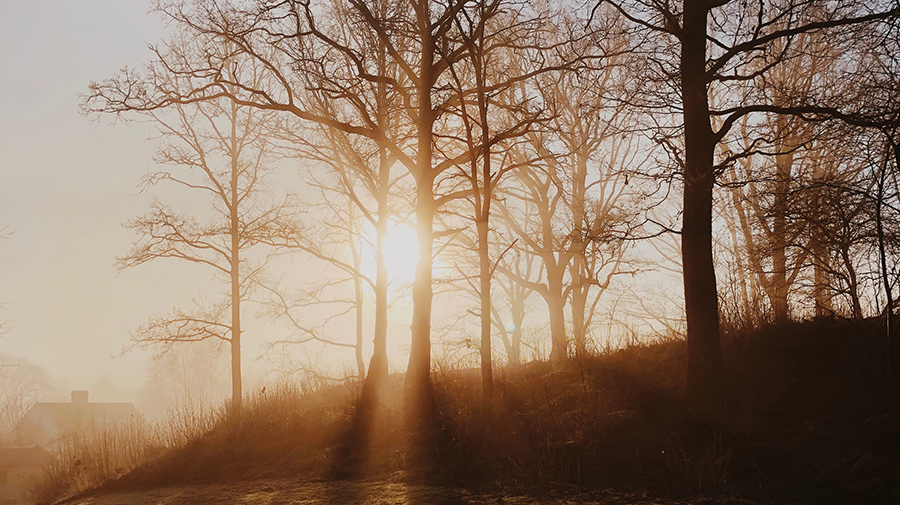
As the days get shorter and the cold nights draw in, it’s common to feel gloomy at this time of year. For many of us, it becomes more and more difficult to pull yourself out of bed in the morning and a struggle to stay focused at work.
So what makes you feel low at this time of year? And what can you do to feel better?
Seasonal Affective Disorder, or SAD, is a serious and clinically diagnosed form of depression affecting a small proportion of the population. However, scientists are starting view SAD as a spectrum. We now recognise that many people’s mental and physical health is affected during the winter months.
It’s estimated that 20% of the Swedish population suffers from a mild form of SAD, and, according to the psychiatrist Dr Norman Rosenthanl, the leading expert on the subject, the figure is even higher in the UK and US.
For a long time, the cause of the winter blues was not well understood. But there’s a growing body of evidence that suggests our moods and energy levels are being affected by one simple thing. A lack of natural light.
The winter blues
The leading theory is the “phase-shift hypothesis”: the idea that shorter days and less light in winter disrupts our internal rhythms.
Our body clocks, or circadian rhythms, are regulated by light. Sunlight triggers the hormones that wake us up in the morning and winds us down for sleep in the evening.
But most people’s work and social schedules change very little from summer to winter; we still have to be at our desks by 9am regardless of whether the sun’s only just risen. This means that our body clocks become out of sync with our work and social schedules. Some scientists have even described winter as a form of social jet lag.
One study showed that people in pre-industrialized societies sleep longer and wake up significantly later in winter, suggesting that our sleep-wake cycles naturally respond to the seasons.
In the modern world, however, most people don’t have the freedom to radically alter our daily schedules. So what’s the solution? What can we do to stay productive and happy through the dark winters?
Get more natural light
Make the most of every scrap of daylight during the winter. Go for a walk at lunchtime, open your curtains wide in the morning, change your commute. The important thing is to get outside. It’s been proven that even on a cloudy day the light outside is 50x brighter than the average office.
Be mindful of your lighting
Many people are already aware that being exposed to high-intensity light from screens and brightly lit bathrooms before bed can disturb your sleep. But keeping the lights up high during the working day is a good way to make sure you feel productive.
Understand your personal sleep-wake cycle
Our internal clocks are all set slightly differently. For example, some people naturally prefer to wake up later in the morning and feel more productive in the evening. Sleep scientists call this your chronotype. Identifying your chronotype will help you understand your sleep-wake cycle and help inform your strategy for coping with the shorter days.
Scientists are still trying to answer some key questions about SAD and its less severe form, the winter blues. For example, it’s not clear why it affects significantly more women than men. Or why some people struggle more than others. But it’s becoming clear that it’s inherently connected with our circadian rhythm.
Here at LYS, we believe our relationship with light is critical to our mental and physical health. To find out how our research and technology can help you, read more about the LYS Button and well-being programmes here.